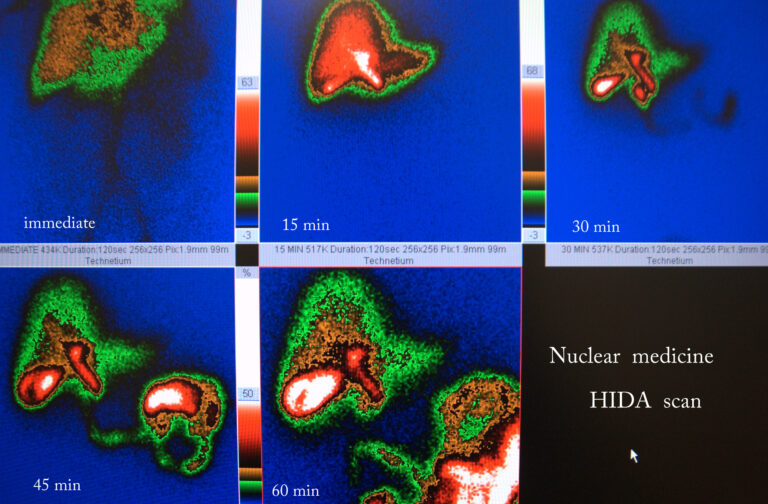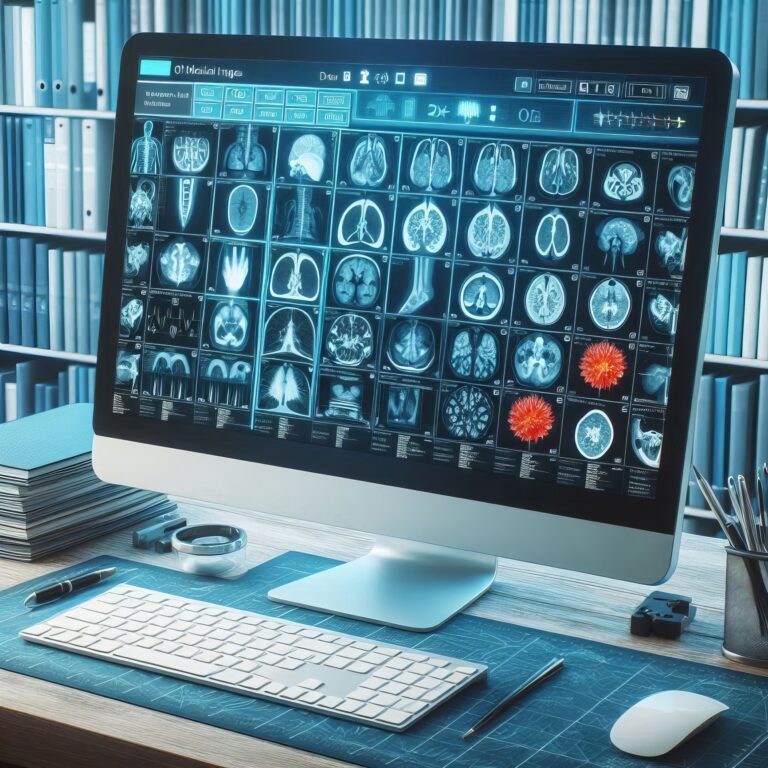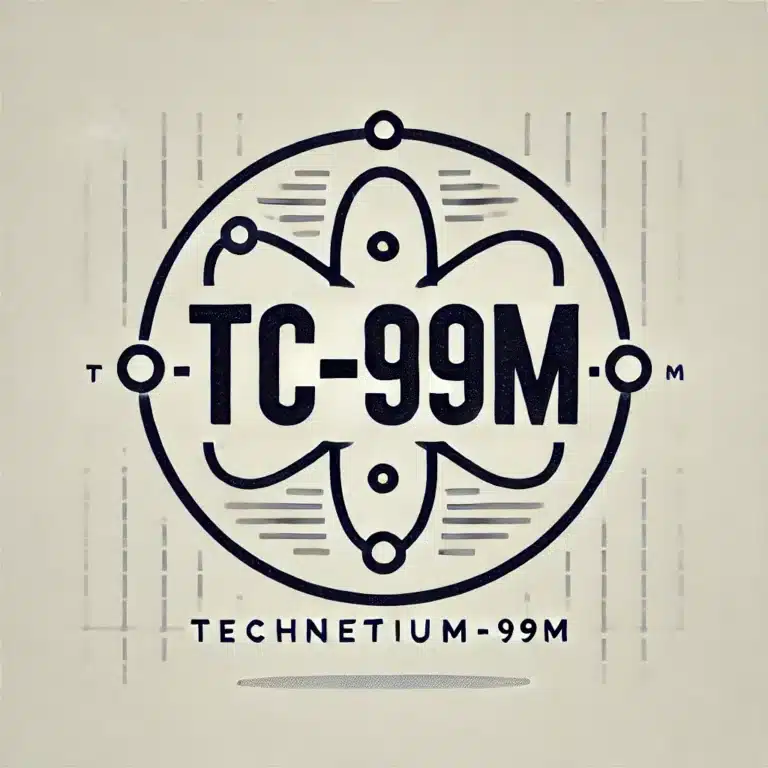Diagnostic Radiopharmaceuticals
Diagnostic radiopharmaceuticals represent a vital component in nuclear medicine, offering unique insights into the structure and function of various organs and tissues. These specialised agents are designed to provide critical information that is often unattainable through more traditional imaging techniques such as X-rays, MRI, or CT scans.
The essence of diagnostic radiopharmaceuticals lies in their composition. These substances are typically formed by attaching a radioactive isotope to a molecule that specifically targets a function or a particular type of cell within the body. Once administered, usually by injection, these radiopharmaceuticals travel to the targeted site and emit radiation in the form of gamma rays. This radiation is then captured using a gamma camera, forming an image that maps the distribution of the radiopharmaceutical within the body, providing valuable diagnostic information.
One of the most commonly used isotopes in diagnostic radiopharmaceuticals is technetium-99m (Tc-99m). Its popularity stems from its favourable properties, such as a relatively short half-life of 6 hours, which minimises radiation exposure, and its ability to emit gamma rays that are detectable by standard medical imaging devices. Tc-99m can be linked to various compounds to assess different conditions. For instance, when bound to methylene diphosphonate, it is used to image bones and detect abnormalities such as fractures, cancer metastasis, or infections.
Another key area where diagnostic radiopharmaceuticals are indispensable is in the assessment of cardiac health. Agents such as thallium-201 and technetium-99m sestamibi are used in myocardial perfusion imaging to evaluate blood flow through the heart. This is crucial for diagnosing coronary artery disease and guiding the management of heart attack patients. Furthermore, radiopharmaceuticals enable the functional assessment of the heart, helping in the evaluation of myocardial viability and overall cardiac function.
Radiopharmaceuticals also play a significant role in diagnosing and managing neurological conditions. Compounds tagged with radioactive isotopes, such as fluorodeoxyglucose (FDG), which is labelled with fluorine-18, are used in positron emission tomography (PET) scans to detect abnormalities in brain metabolism. This application is particularly important in the evaluation of disorders such as Alzheimer’s disease, epilepsy, and brain tumours.
The use of diagnostic radiopharmaceuticals also extends to the diagnosis of various cancers. These agents’ ability to target specific physiological processes or cell types allows for the detailed visualisation of tumours, their metabolic activity, and potential metastatic sites. This facilitates early diagnosis, effective monitoring of treatment responses, and the planning of appropriate therapeutic strategies.
In conclusion, diagnostic radiopharmaceuticals are indispensable in modern medicine. They provide a unique blend of anatomical and functional information critical for accurate diagnosis and effective treatment planning across various diseases. As research continues to advance in this field, new radiopharmaceuticals with even greater specificity and reduced side effects are expected to be developed, further enhancing the capabilities of medical diagnostics.
You are here:
home » Diagnostic Radiopharmaceuticals






